Microhabitats: Inconsistencies in the Intertidal
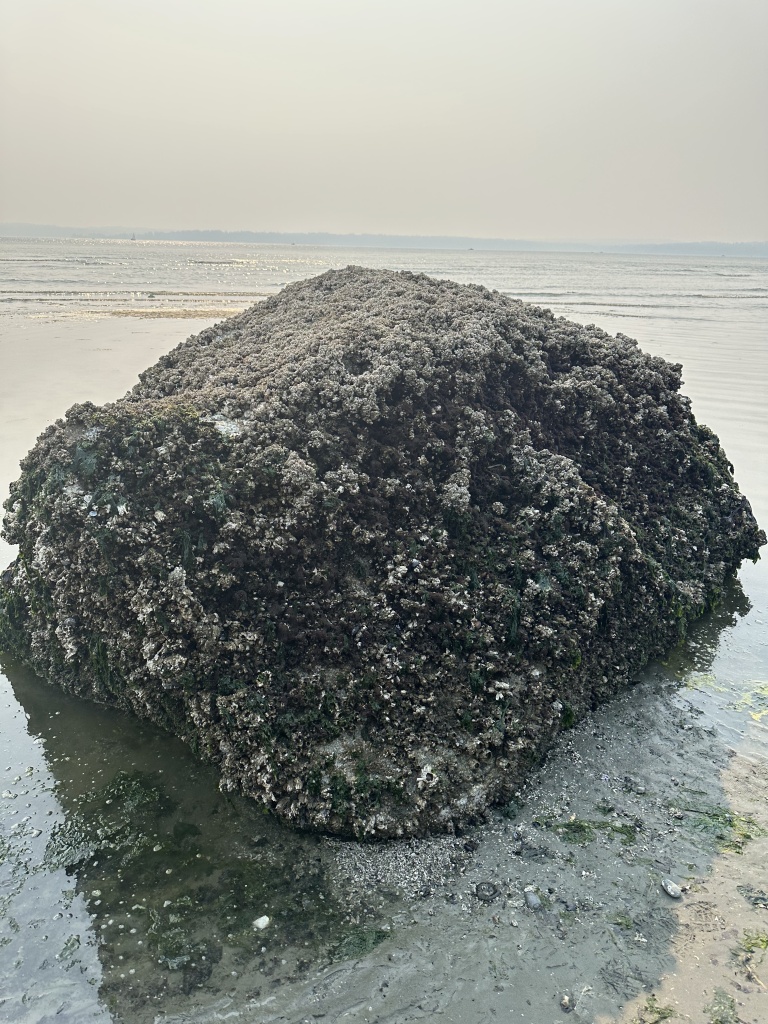
The intertidal is far from homogenous. Mud flats, rocky shores, sandy beaches, and even mangroves are all kind of intertidal shores. But even among these places there are inconsistencies, like a single boulder laying in the sand or mud flowing from a creek making its way to a rocky shore. These inconsistencies are called microhabitats and they are all over the intertidal. Read on to explore how they function and what you can find there.
What are Microhabitats?
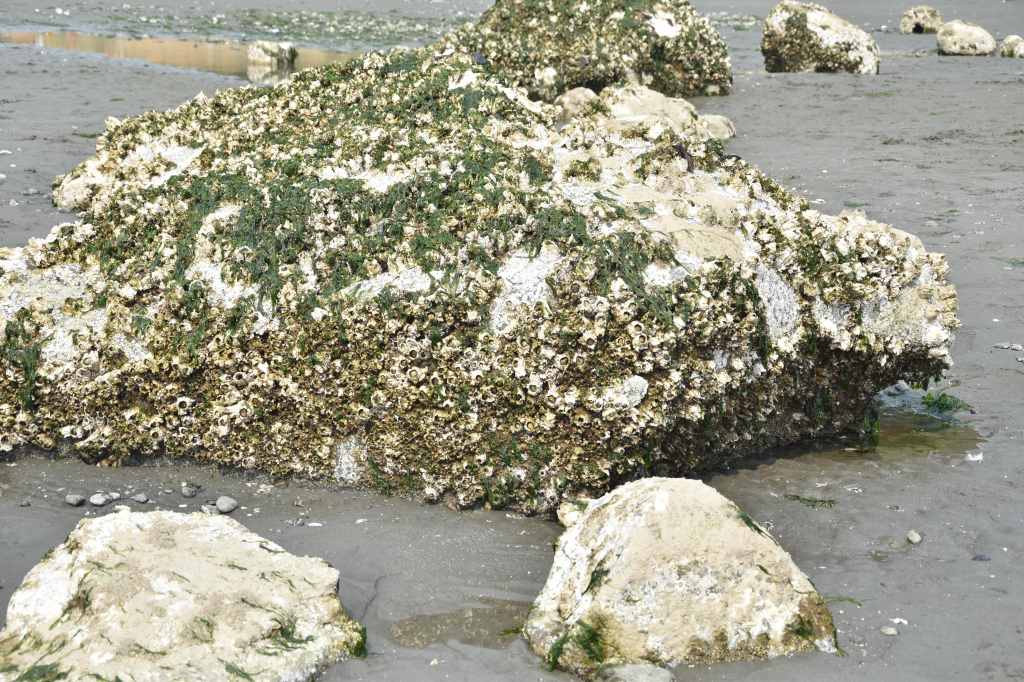
Most intertidal creatures are highly specialized, only surviving in certain conditions. A barnacle could never live on the sand. But every once in a while, some difference in the shore like a change substrate, shelter, or water quality creates environments that an animal otherwise unsuited to a particular beach can survive in. These are microhabitats: small spaces where a tide pooler can find animals not present elsewhere on the shore line.
Microhabitats are your opportunity to see animals that you might not otherwise see. For example, while exploring near Seattle, WA, I came across an exposed intertidal mud flat with occasional scatters of cobblestone. The mud flat was home many aggregating anemones and bivalves buried in the sand. Without putting in the effort to dig, there was relatively little variety of life, although huge abundance of a select number of species, to observe in the mud. But then, I notice several large boulders down the beach. As I neared them, I saw that several were taller than I was. They were entirely out of place on the mudflat, but an entire self-sustaining ecosystem existed on them. The boulders were smothered in sessile invertebrates such as mussels, barnacles of all sizes, along with seaweeds, none of which would be able to survive without the boulder.
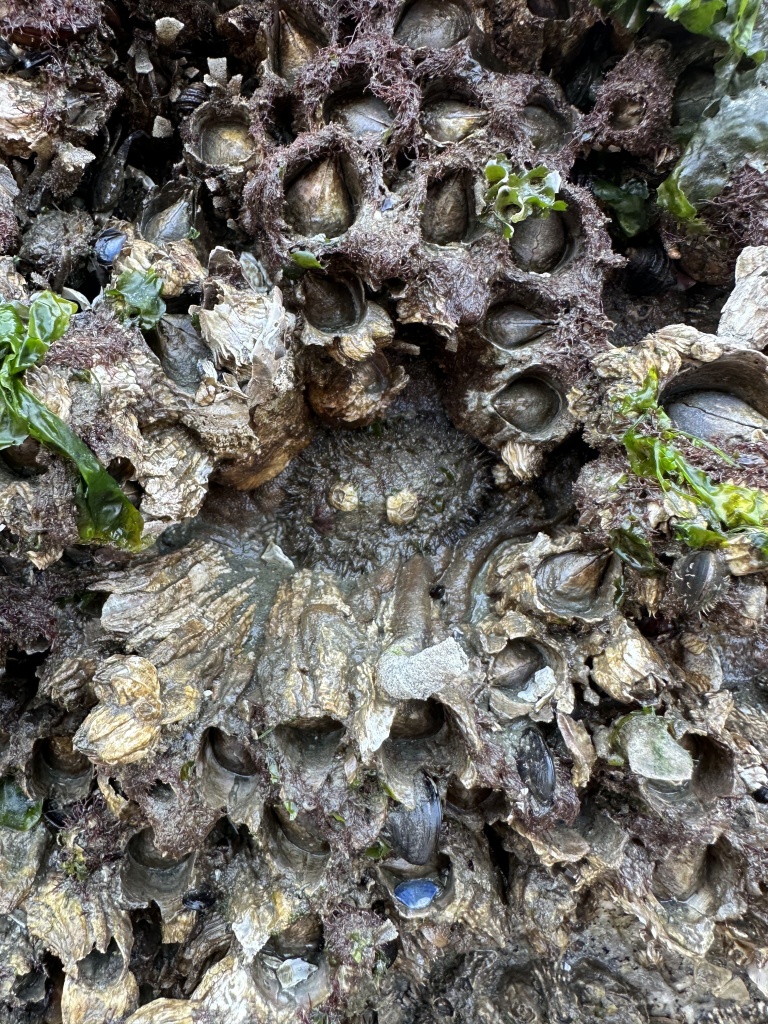
There were also limpets, chitons, and other rocky shore animals. Around the bases of these rocks in small pools there were dozens of tide pool sculpin and moonglow anemones, quietly waiting for the tide to return. Where otherwise none of these animal would have been able to live, these boulders created a perfect microhabitat for them.
Where to Find Microhabitats
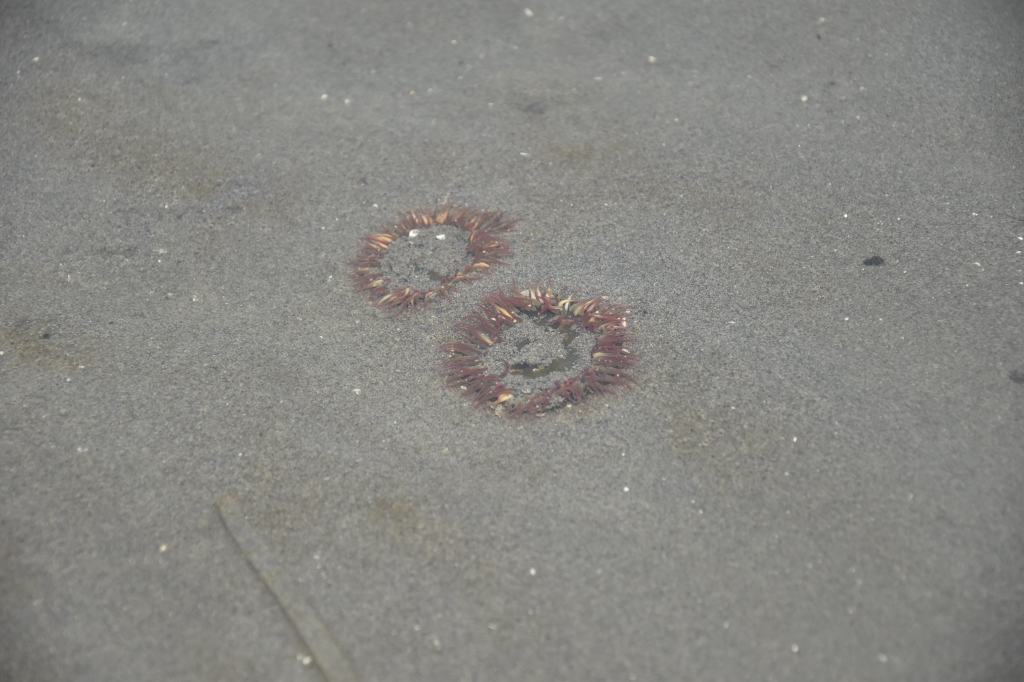
You can find microhabitats in any intertidal zone. Simply look for an area that doesn’t match the rest of the shore line. This could be a sandy patch on a rocky shore, wooden wharf pilling in a harbor, a sheltered area beneath a rock, or an area where mud has been condensed on a sandy beach. Some even claim that tide pools themselves are microhabitats, allowing animals like fish to live high in the intertidal where they would otherwise die without the pool of water.
What You Can See in a Microhabitat
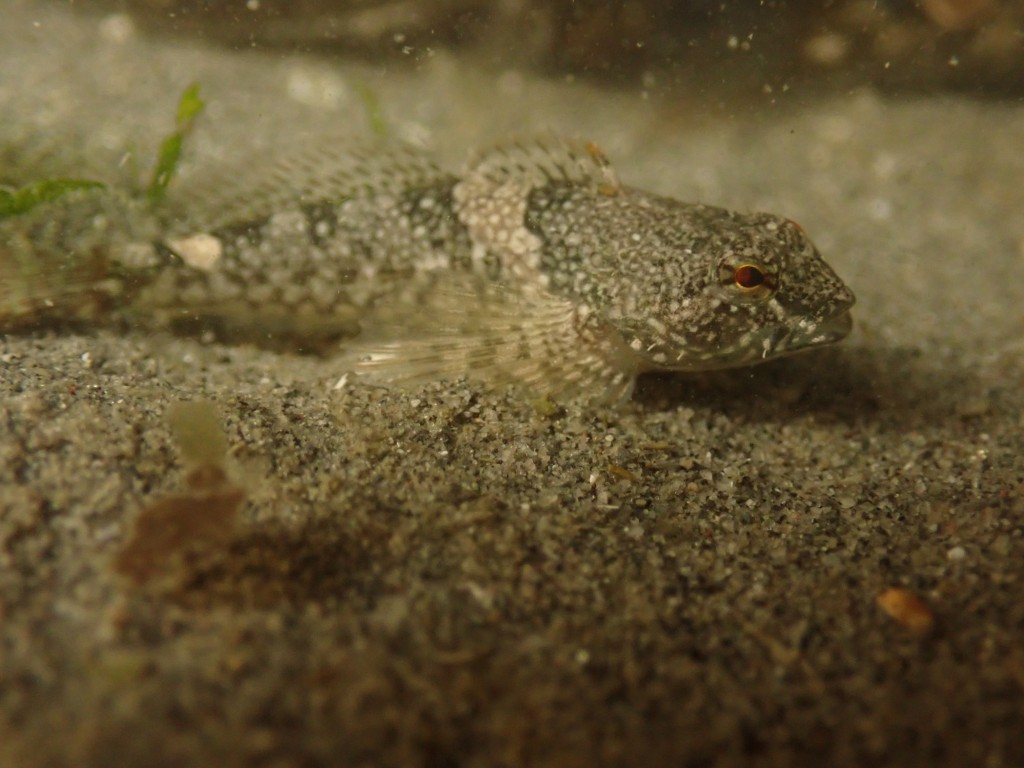
All kinds of intertidal life can live in microhabitats, but the key to finding them is knowing what animals are suited to what conditions. Because the animals you see will not be characteristic of the beach generally, you will have a chance to see entire unusual animals. This can be very exciting if you have visited an intertidal location many times and are familiar with the animals that live there. If you find a sandy patch on your familiar rocky beach, you might find that sand dwelling flatworm or crab you’ve heard about but never seen. Microhabitats are also great opportunities for fully surveying beaches you haven’t visited before to get a more complete picture of not only the animals on that beach but also in the area generally. If you are in a new place and don’t have time to visit multiple tide pooling locations, try to find one with a mix of substrates and microhabitats so you can maximize the number of animals and species you see.
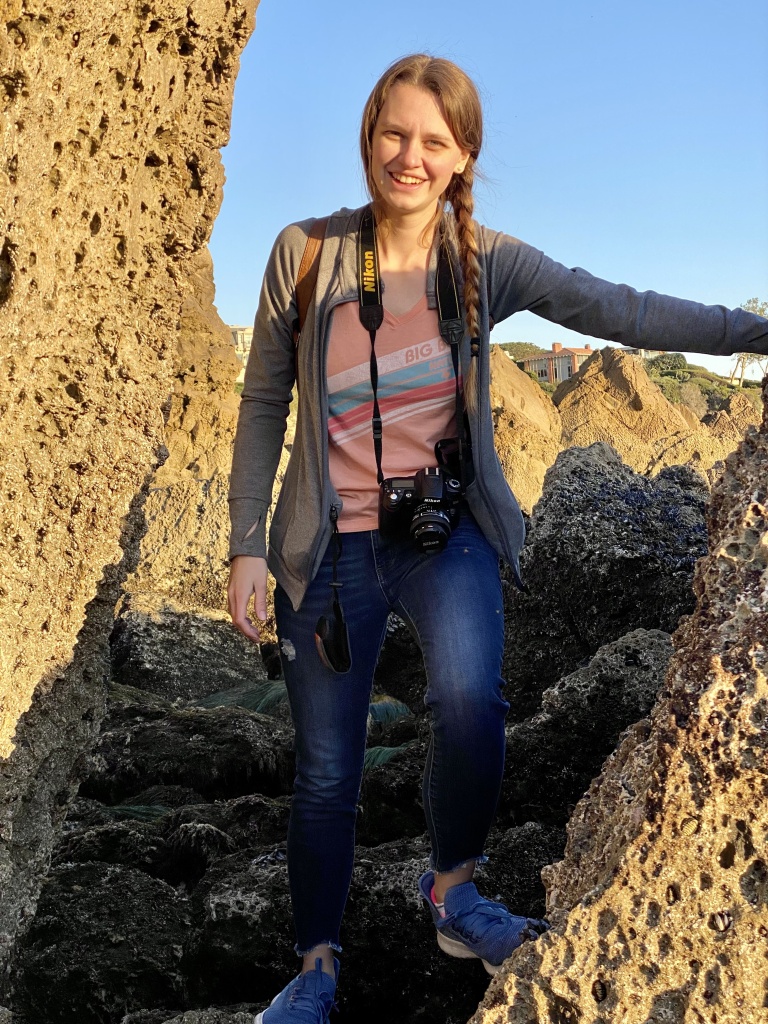
Categories
tags
Subscribe to the blog
Sign up to receive weekly emails with tide pooling information and guides so you never miss a post!

Leave a comment